In the race toward decarbonization, hydrogen is emerging as a critical pillar for clean industrial energy. But not all hydrogen is created equal. The industry commonly refers to three main “colors” of hydrogen—grey, blue, and green—each representing a different production pathway, cost profile, and carbon footprint. For industrial leaders planning future-ready facilities, understanding these differences is essential for both compliance and competitiveness.
Grey Hydrogen – The Traditional Workhorse
Grey hydrogen is produced from natural gas (methane) via steam methane reforming (SMR) without capturing the CO₂ emissions.
- Carbon impact: For every tonne of hydrogen produced, roughly 9–10 tonnes of CO₂ are released.
- Advantages: Currently, the lowest-cost option due to mature infrastructure and abundant natural gas.
- Limitations: High emissions make it increasingly unviable in regions with strict carbon regulations or carbon pricing.
Grey hydrogen still dominates the market today, but it’s under growing pressure as ESG requirements tighten and carbon taxes rise.
Blue Hydrogen – The Transitional Bridge
Blue hydrogen uses the same SMR process as grey, but incorporates carbon capture, utilization, and storage (CCUS) to prevent most CO₂ emissions from entering the atmosphere.
- Carbon impact: Can capture 60–90% of CO₂ emissions, depending on technology and site conditions.
- Advantages: Lower emissions than grey; compatible with existing SMR assets; can meet intermediate decarbonization targets.
- Limitations: Still relies on fossil fuels; capture rates vary; infrastructure for CO₂ transport and storage can add cost and complexity.
For industries with existing gas-based hydrogen plants, blue hydrogen offers a lower-carbon upgrade path while preparing for eventual green adoption.
Green Hydrogen – The Net-Zero Enabler
Green hydrogen is produced through water electrolysis powered entirely by renewable energy—such as solar, wind, or hydropower—resulting in zero direct CO₂ emissions.
- Carbon impact: Virtually zero, provided the power source is 100% renewable.
- Advantages: Future-proof, compliant with the strictest net-zero mandates; eligible for renewable energy credits, government incentives, and premium market positioning.
- Limitations: Higher upfront capital costs due to electrolyser and renewable energy infrastructure; current production cost higher than grey/blue, though falling rapidly with scale and technology improvements.
Choosing the Right Hydrogen for Industrial Use
For decision-makers, the choice often depends on:
- Regulatory Environment – Jurisdictions with aggressive decarbonization goals favor green hydrogen.
- Energy Pricing & Incentives – Falling renewable costs and hydrogen subsidies can tip the scales toward green.
- Infrastructure Readiness – Existing SMR plants may transition to blue hydrogen before going fully green.
- Corporate Sustainability Goals – ESG commitments and brand positioning may demand the switch to green sooner.
Why Green Hydrogen is Gaining Momentum
While grey and blue hydrogen can help in the short-to-medium term, green hydrogen is the ultimate pathway for sustainable industrial operations. Its ability to eliminate emissions entirely, integrate with renewable energy assets, and support long-term net-zero strategies makes it the preferred choice for forward-thinking industrial leaders.
At Waaree Clean Energy Solutions (WCES), we deliver a complete suite of green hydrogen solutions—from advanced electrolysers and balance of plant systems to engineering services, safety studies, and full EPC execution. Our goal: to help industries transition smoothly to a clean hydrogen future while optimizing efficiency, safety, and ROI.
The takeaway:
- Grey = Cheap, high emissions, increasingly regulated.
- Blue = Lower emissions, transitional option.
- Green = Zero emissions, long-term sustainable solution.

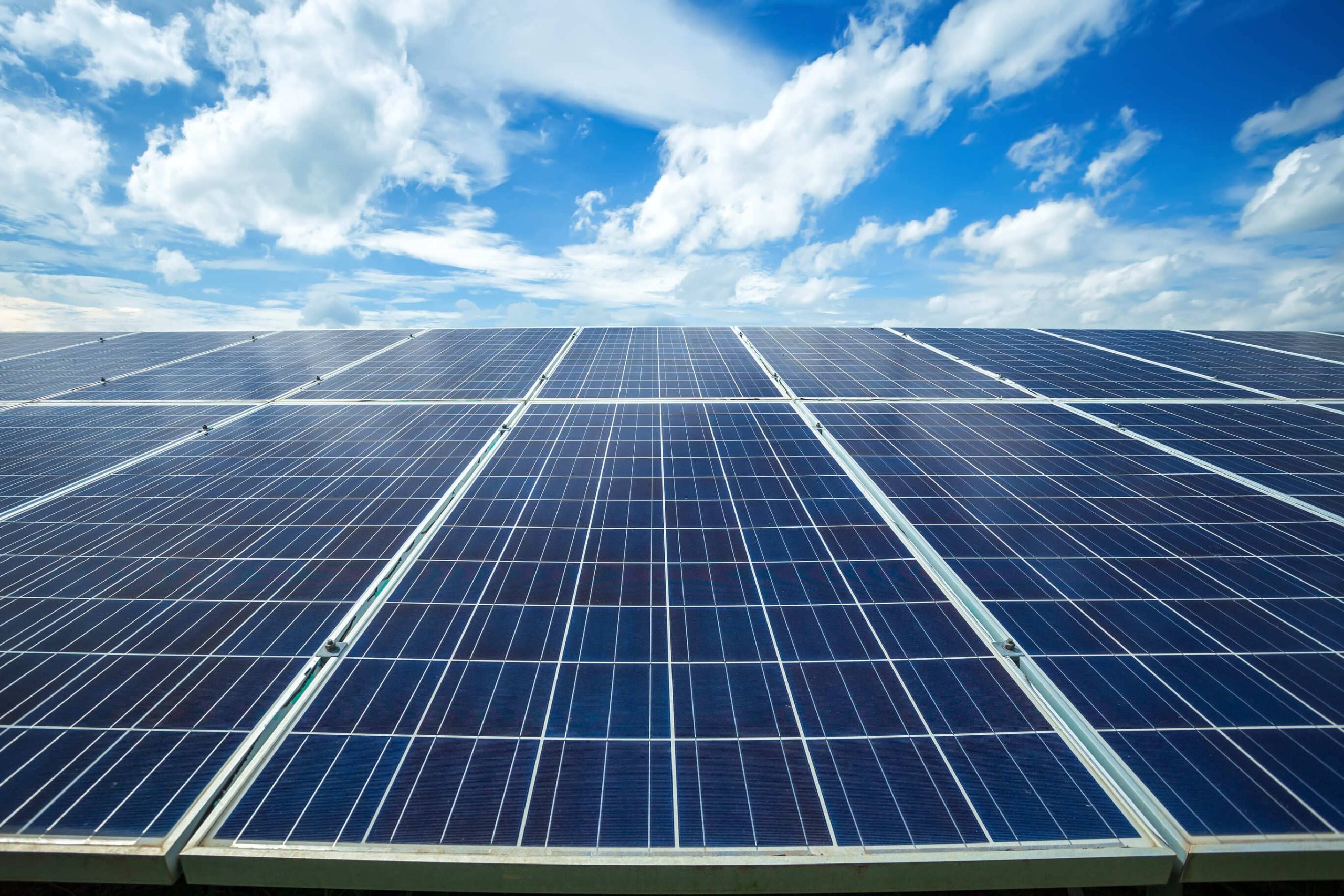
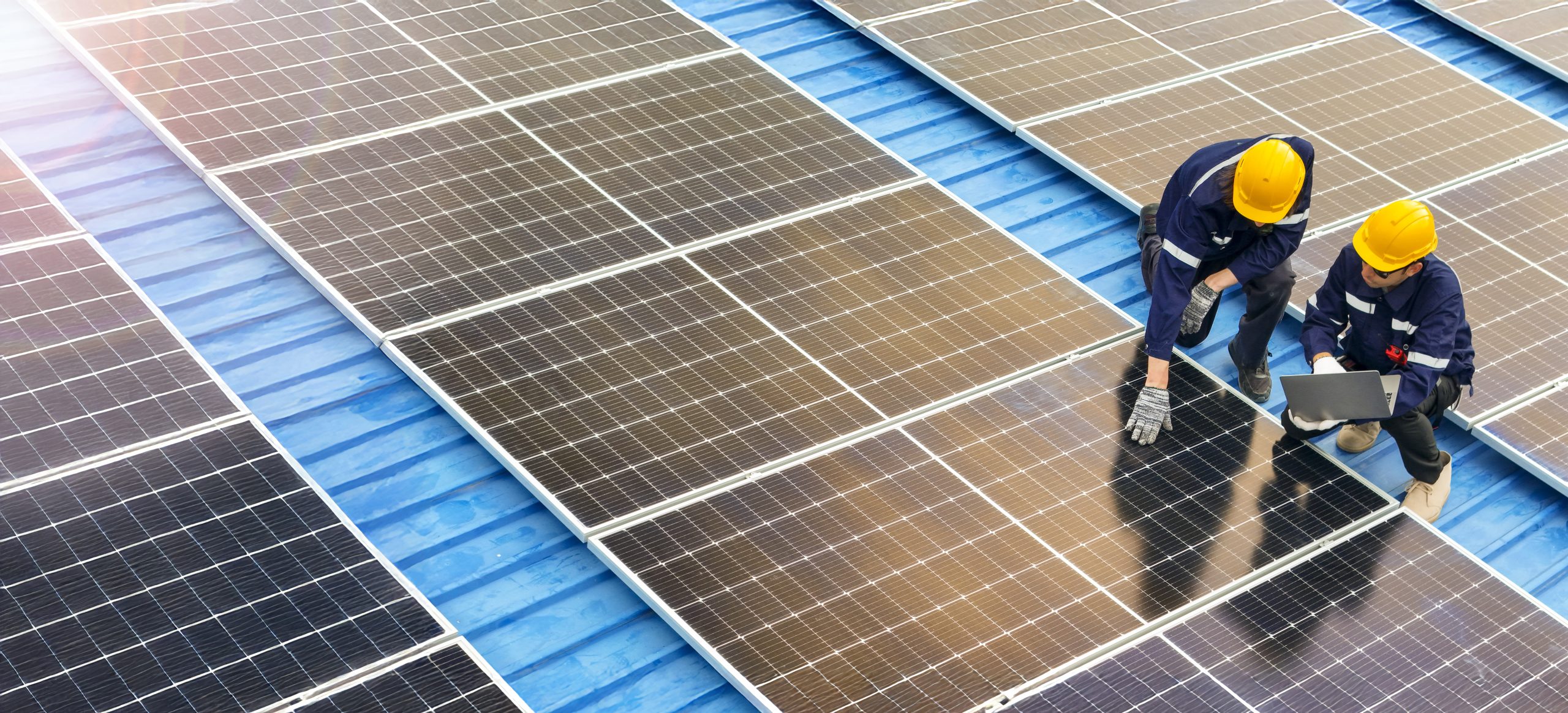
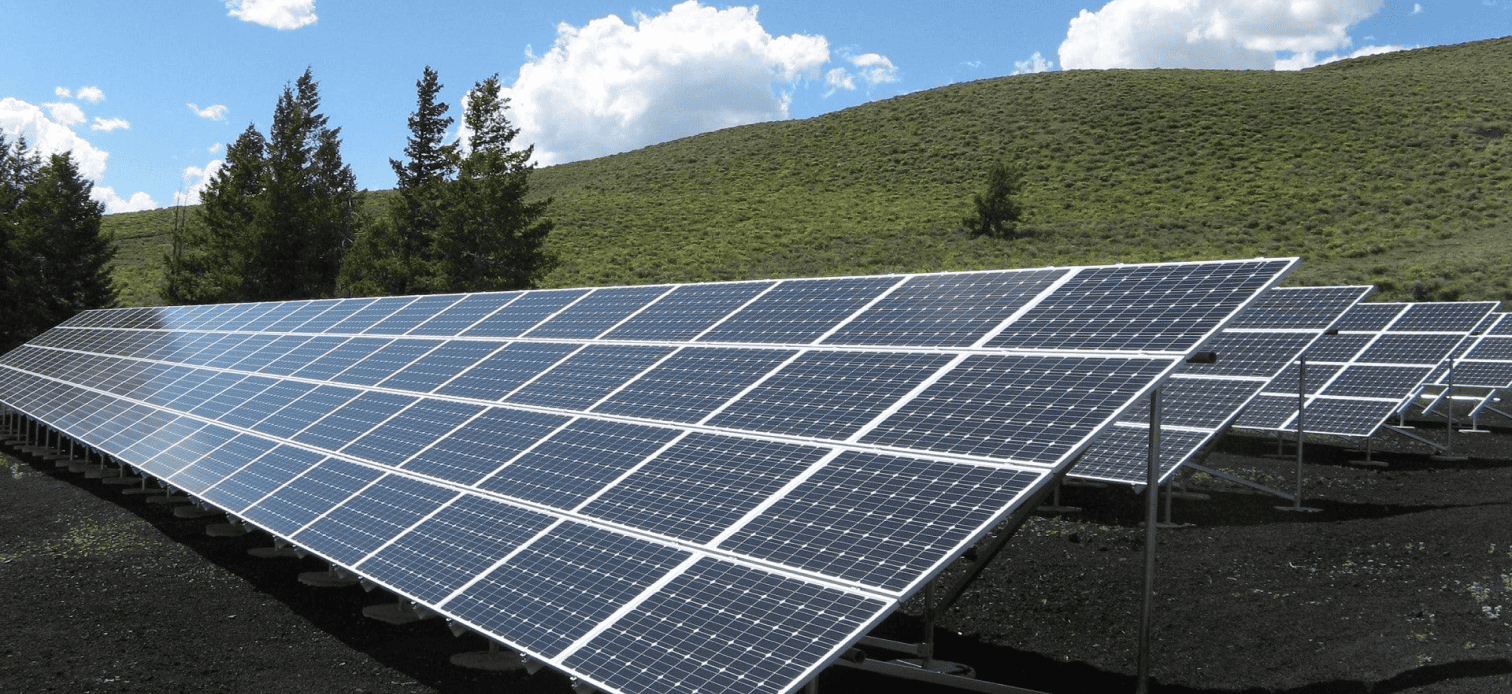

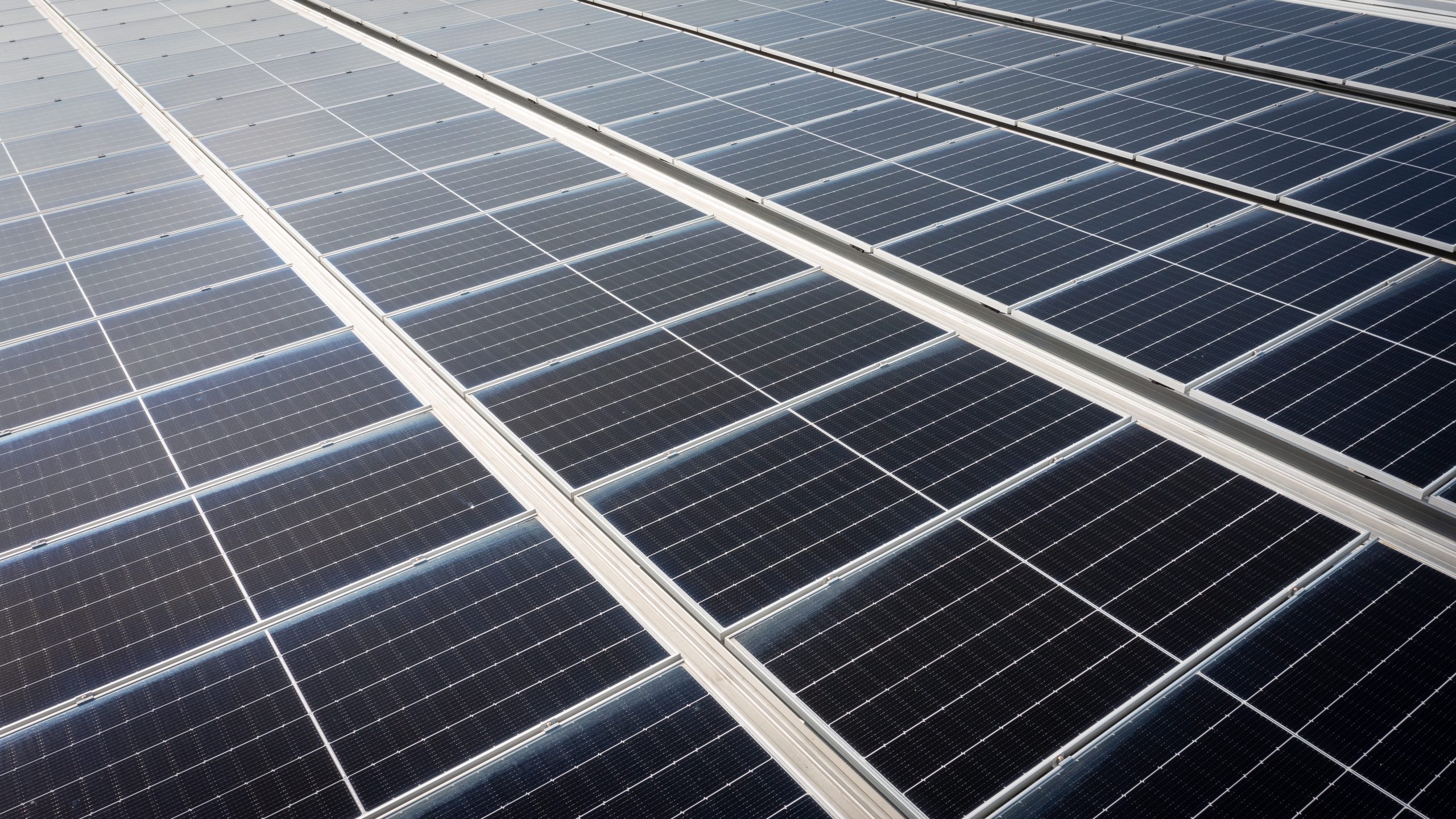


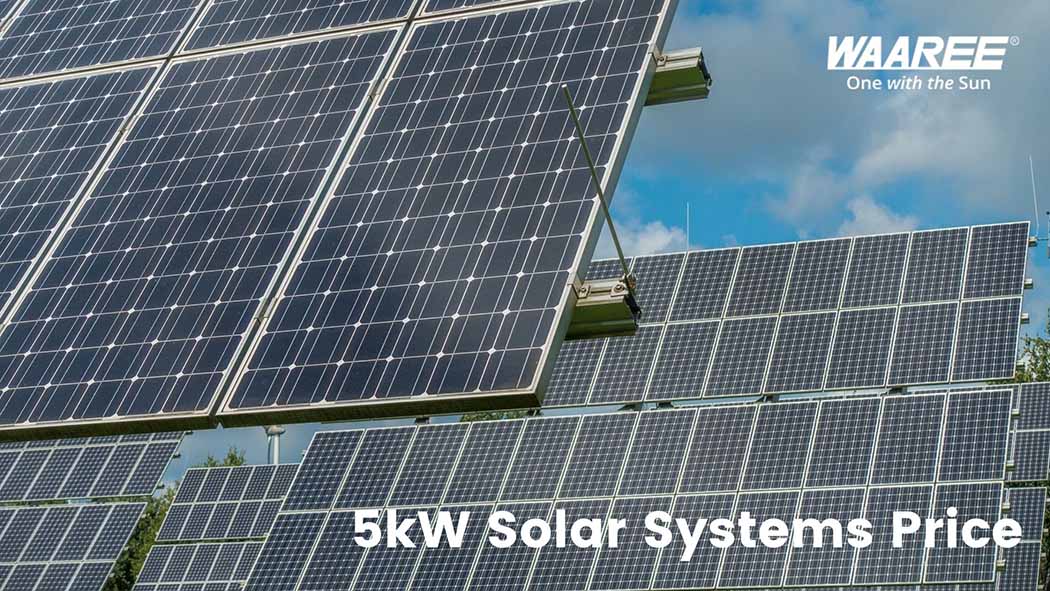

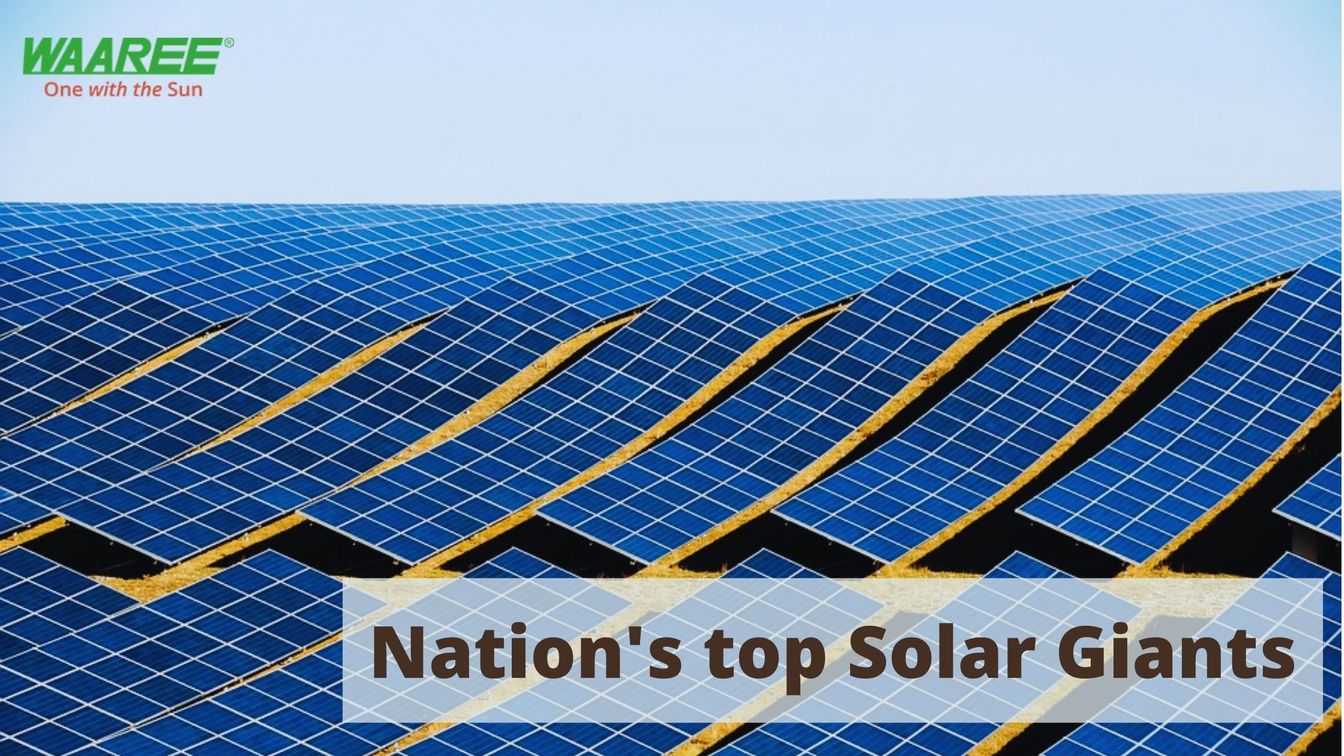


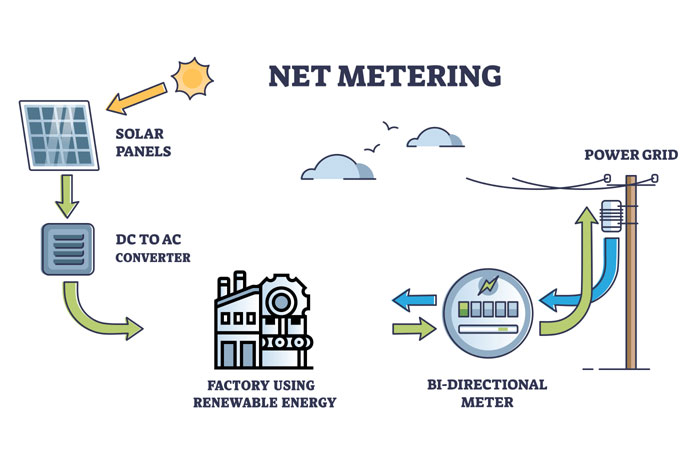
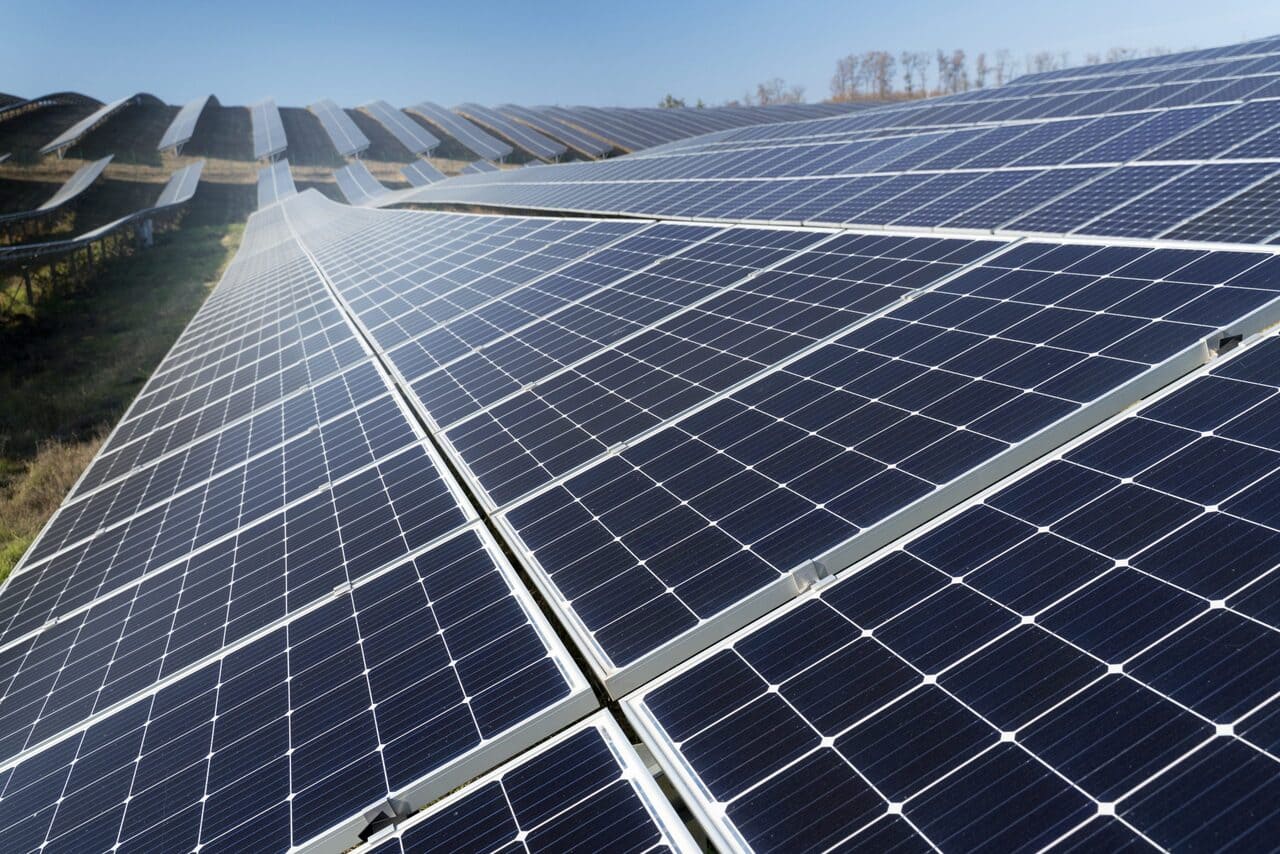
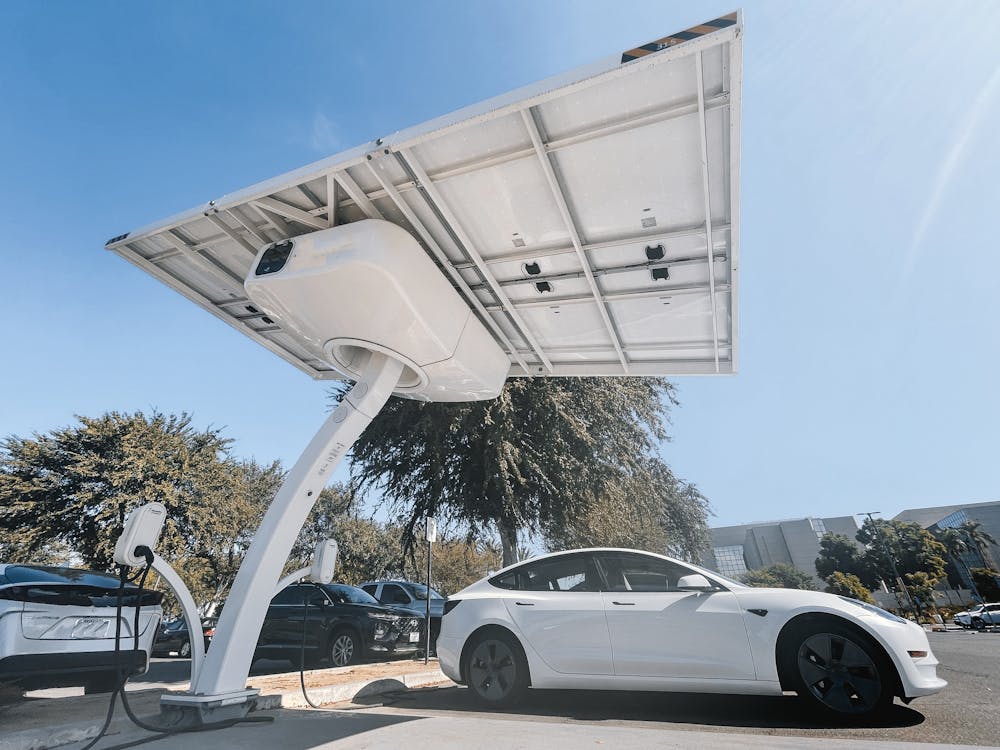
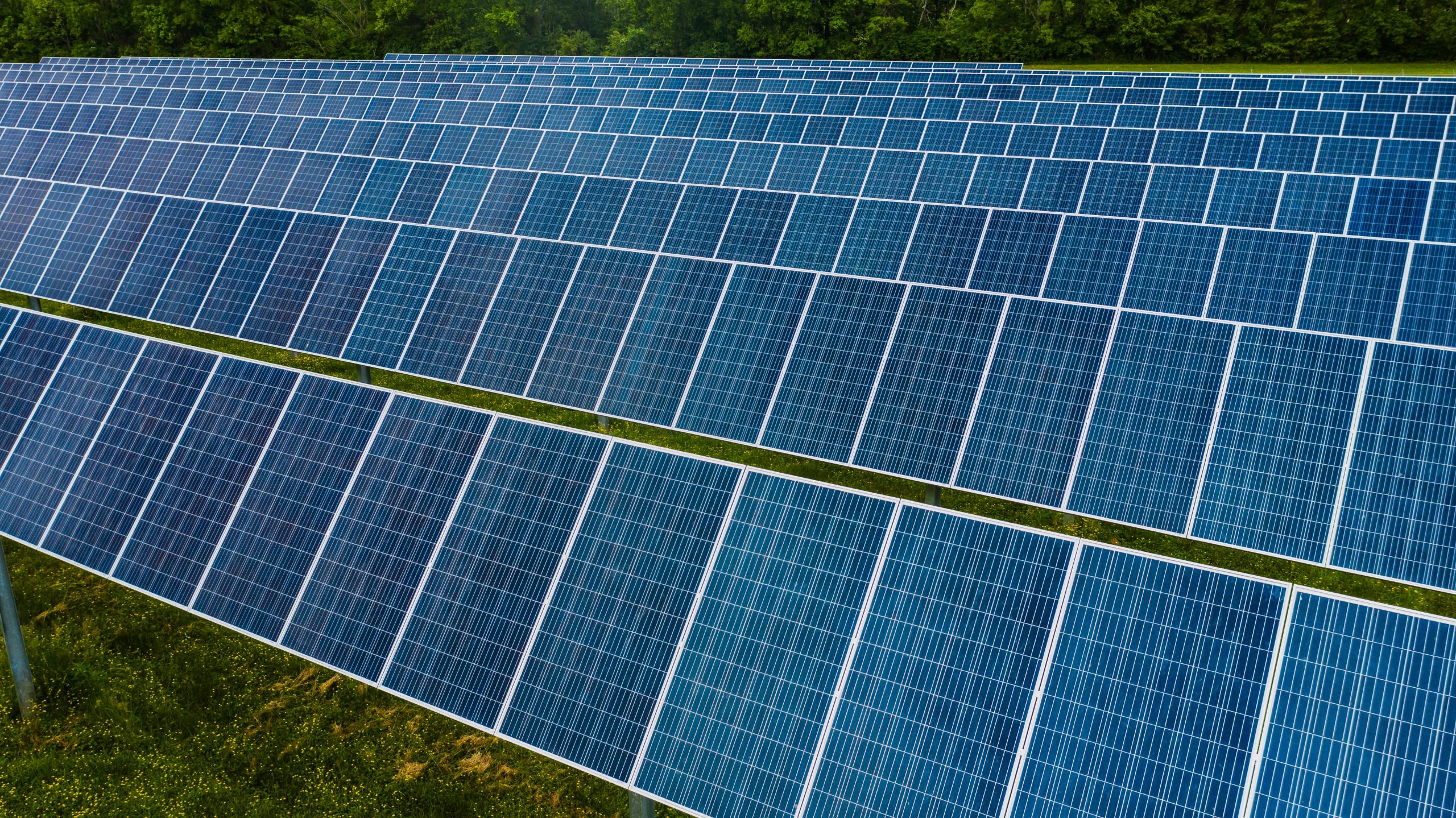
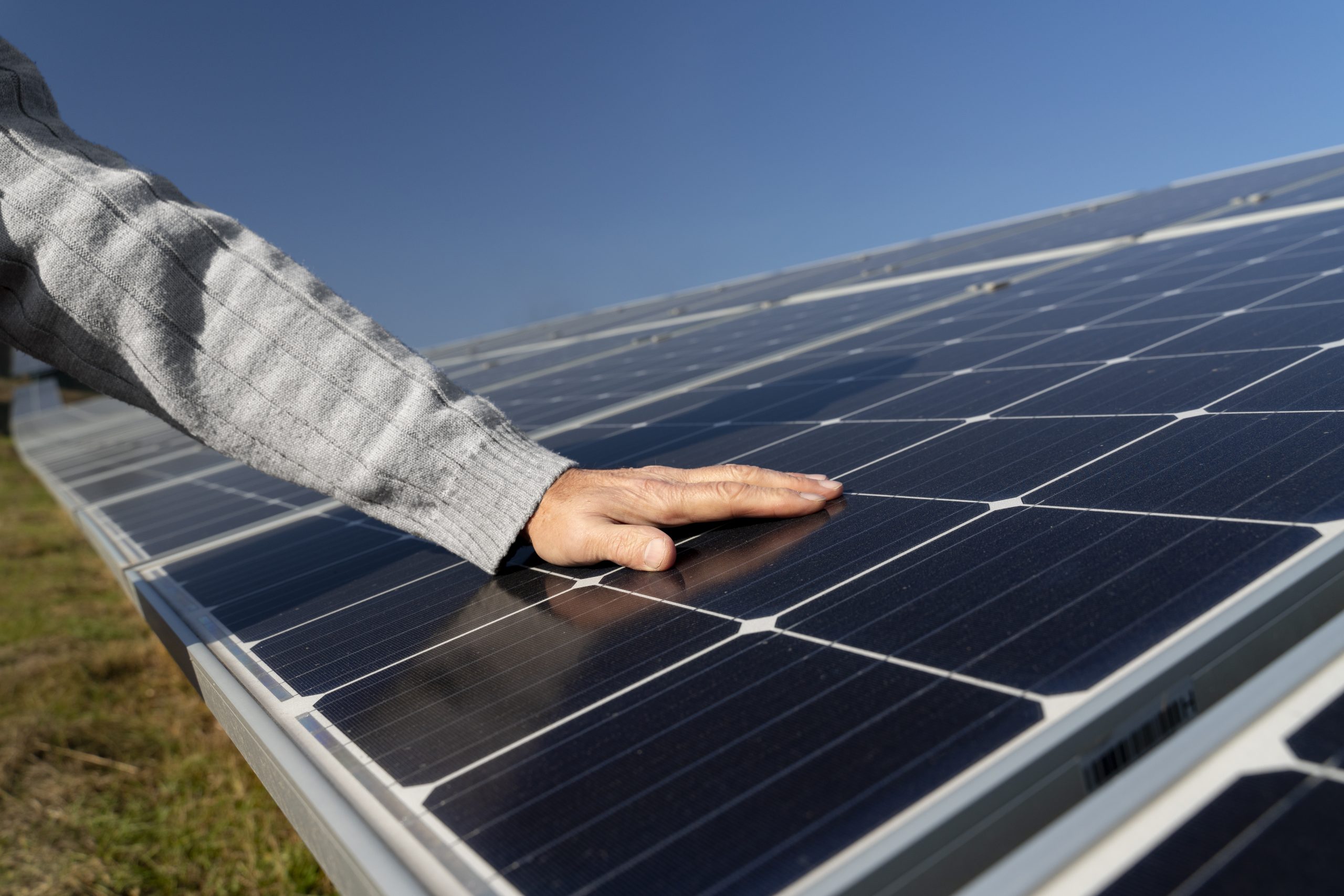

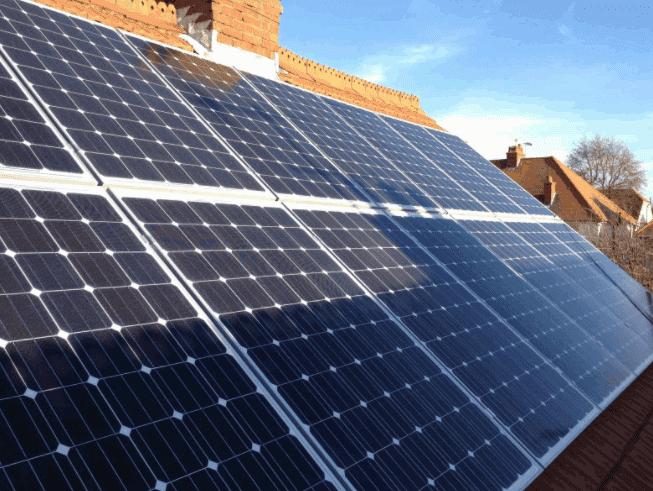

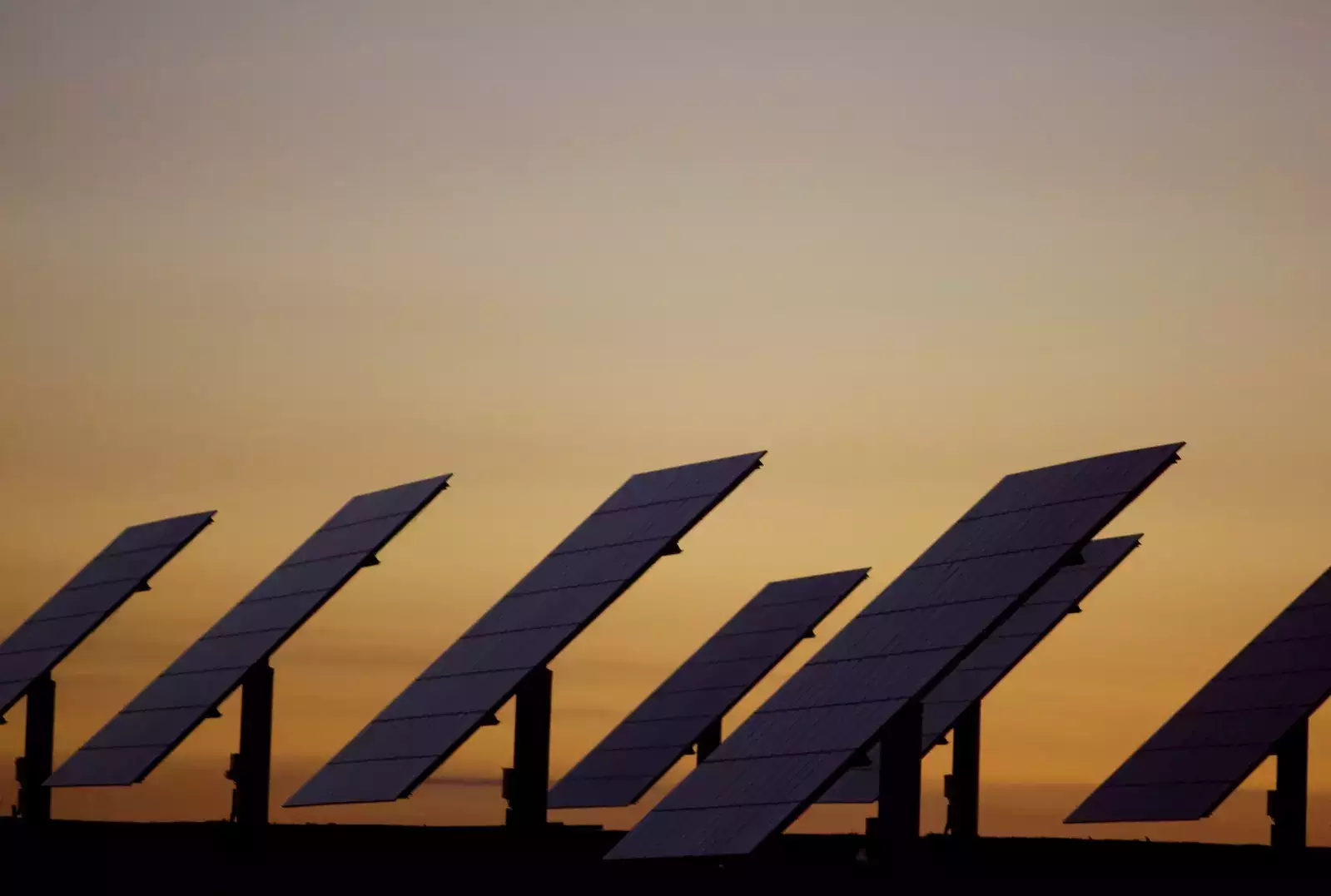






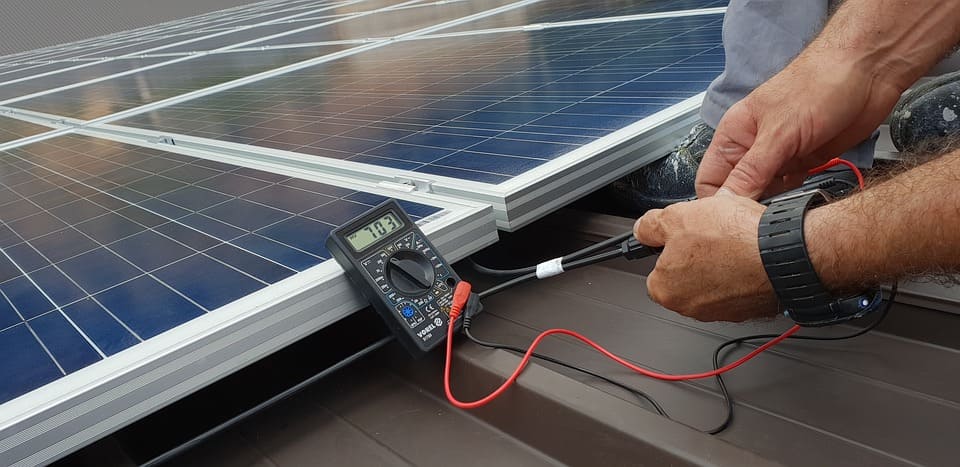





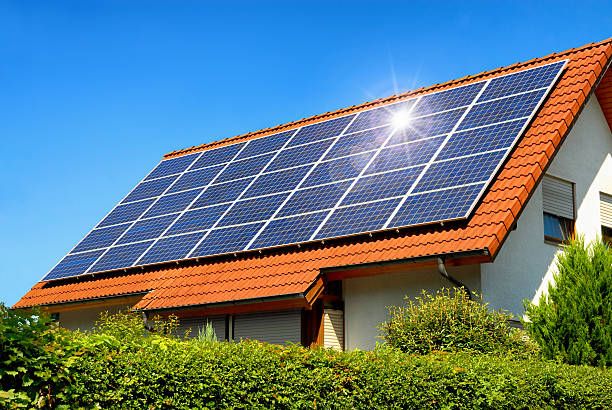
Leave a Reply
You must be logged in to post a comment.